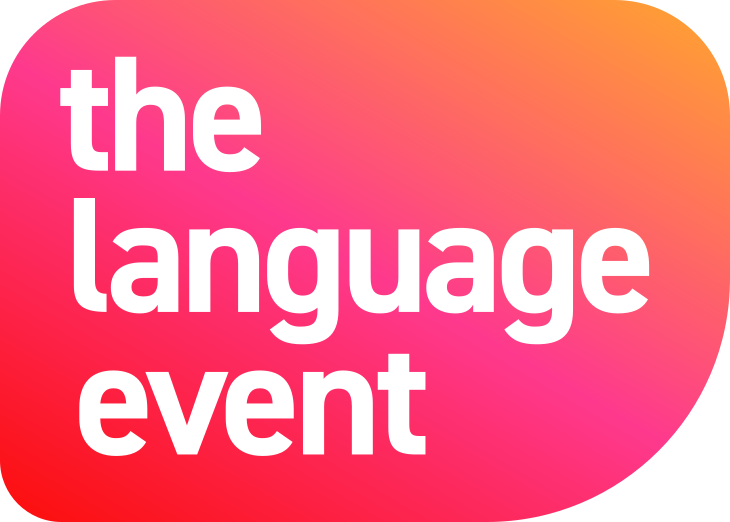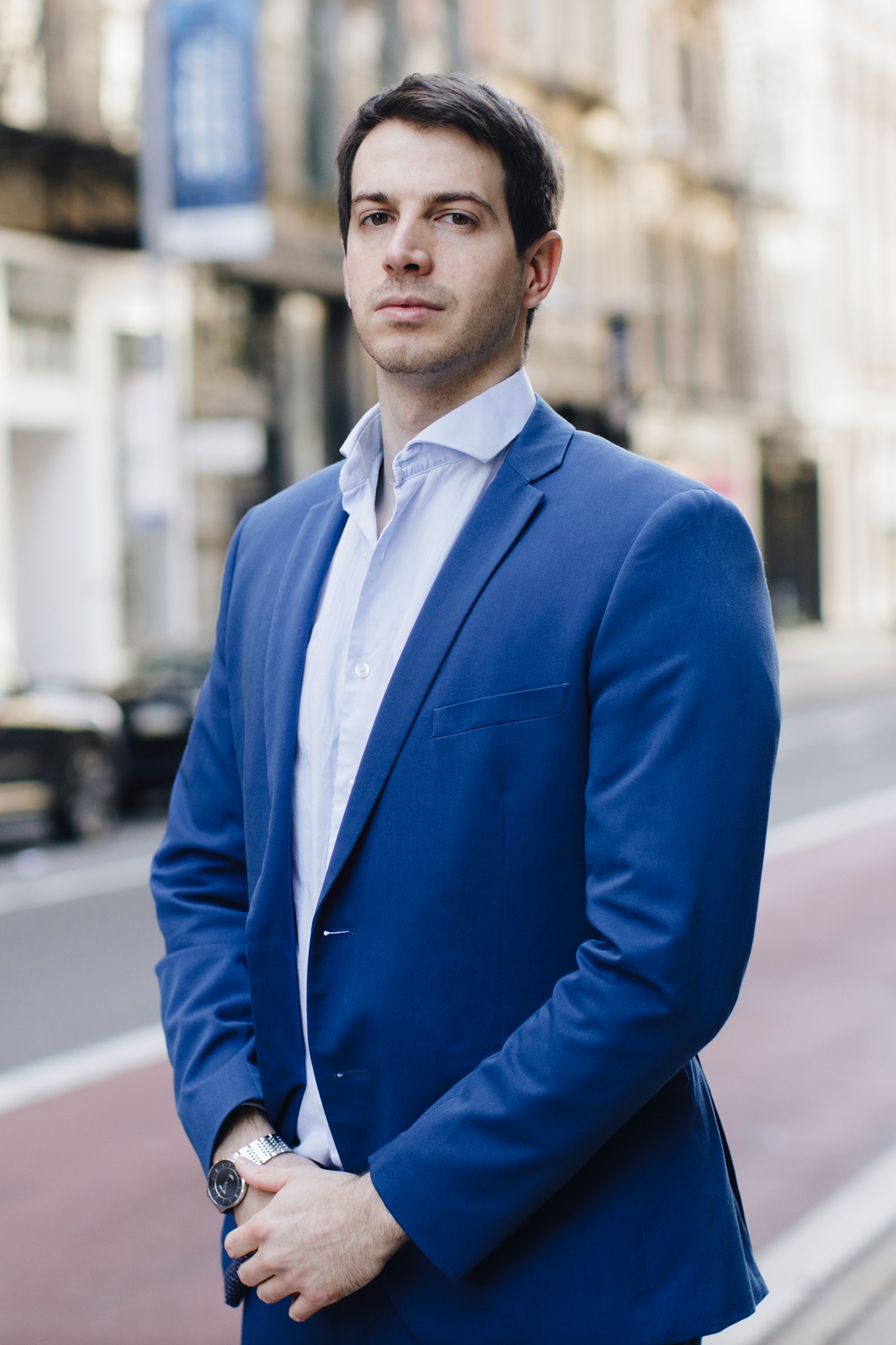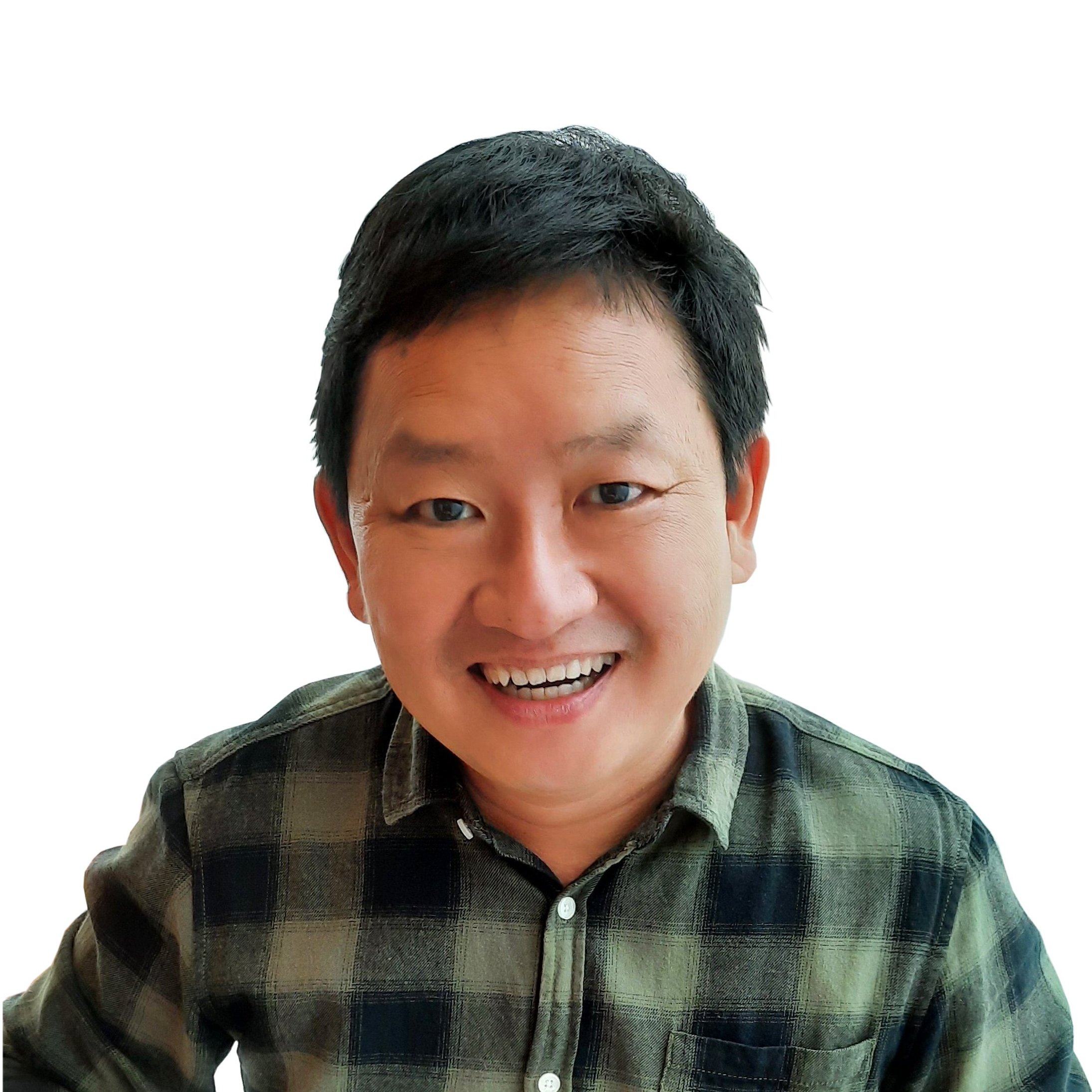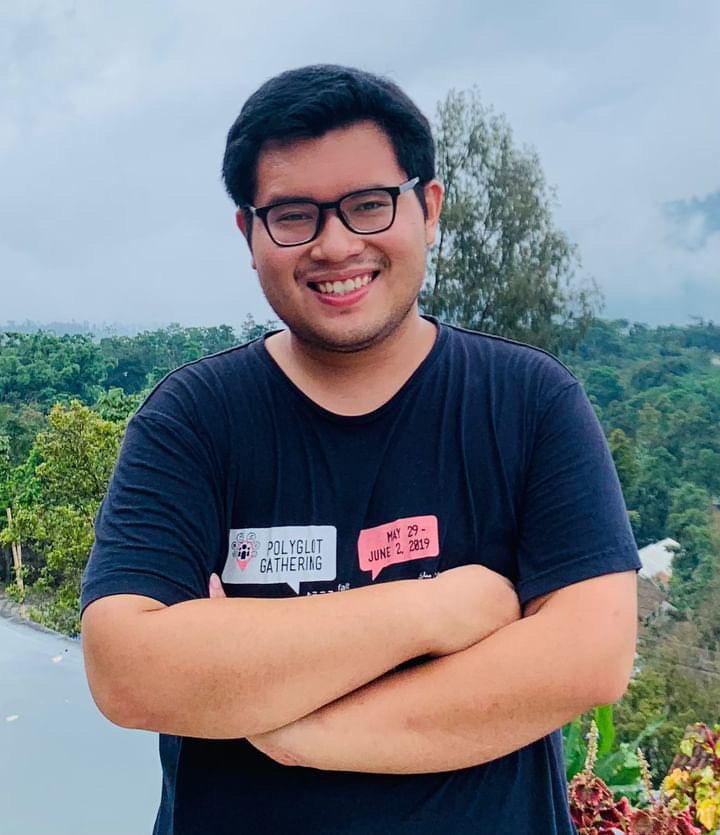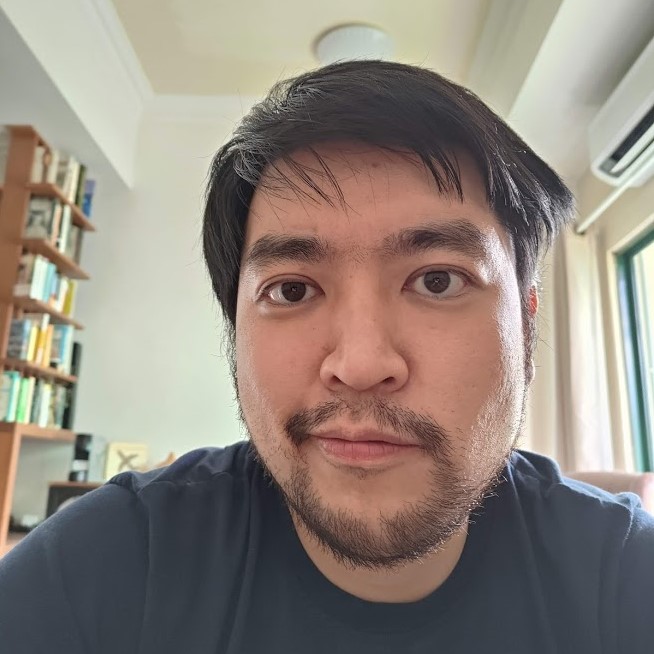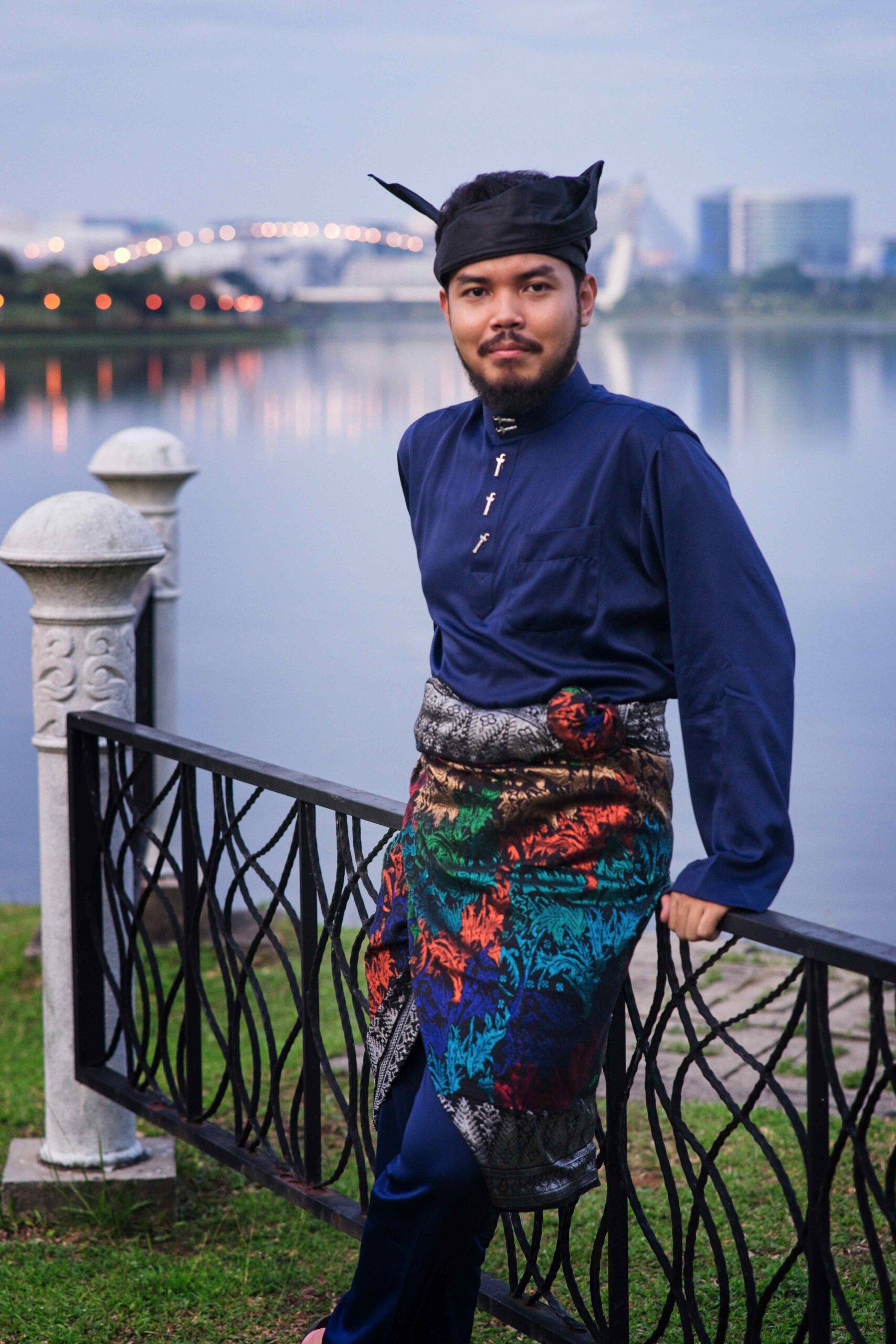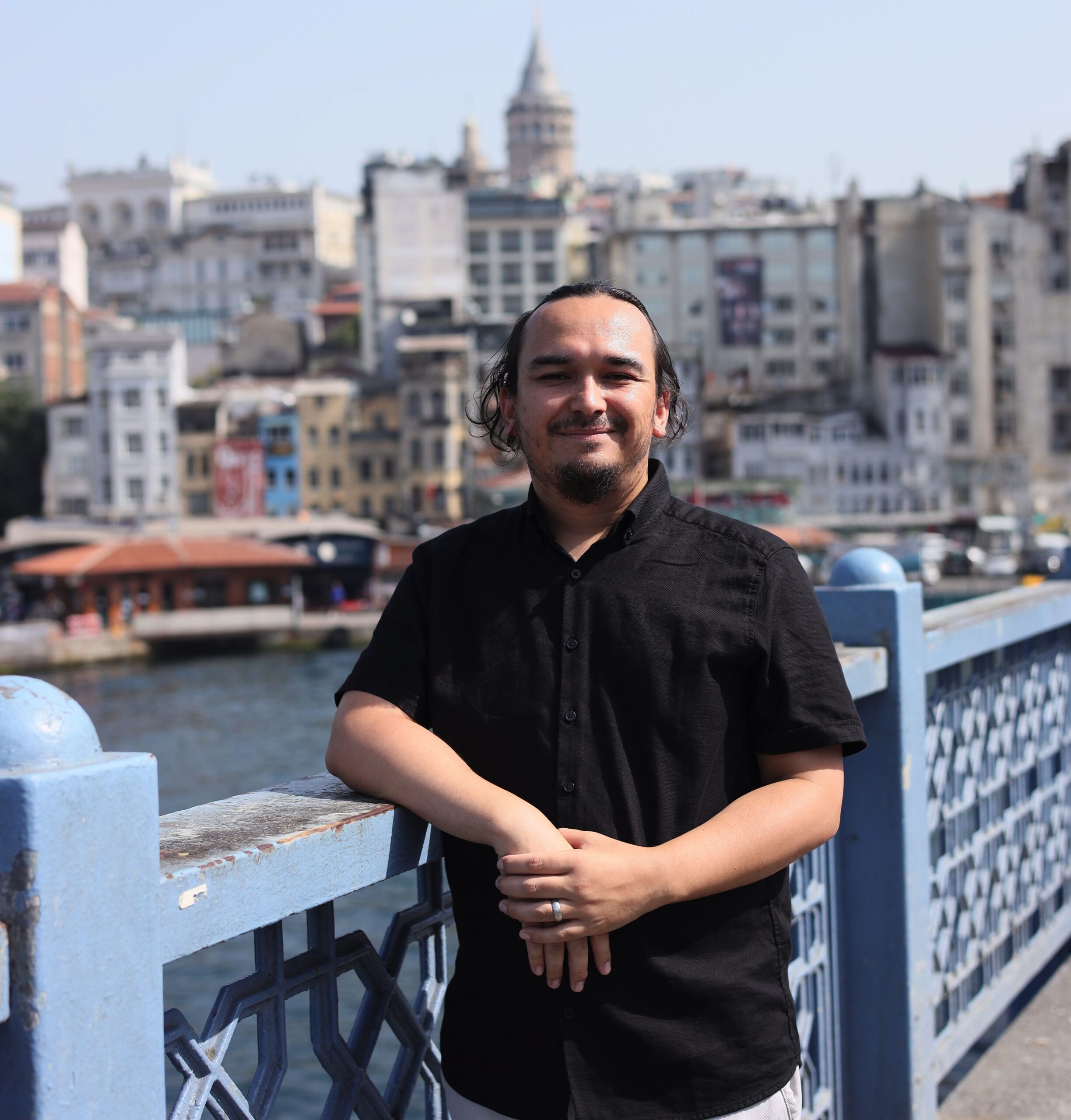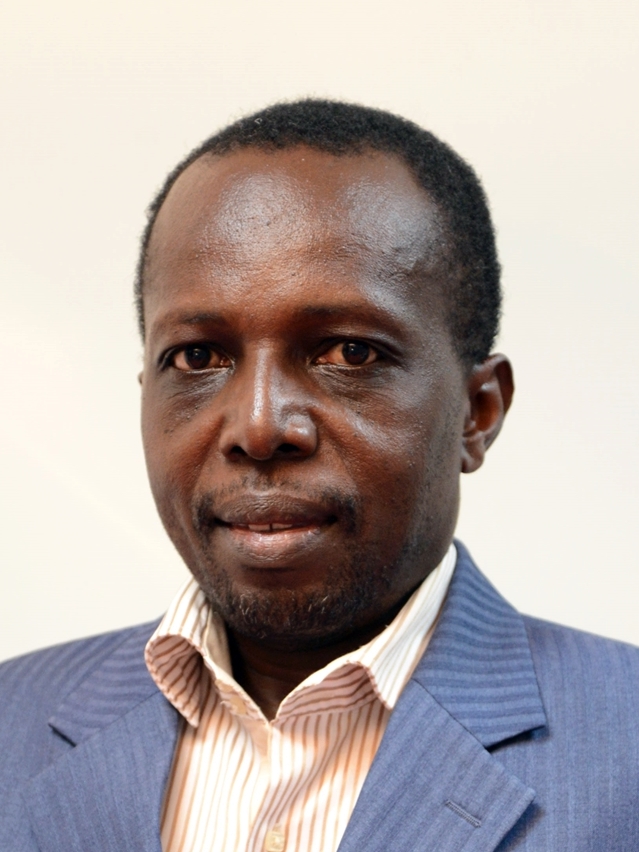Check out our speakers for The Language Event in Penang on 16-17 December 2023:
Chavacano: History, Structure, Ideology and Status of the Spanish-based “Creole” of the Philippines
Carlos Yebra López
In this presentation, I will offer a panoramic view of Chavacano (also spelled Chabacano), traditionally conceptualised by scholars as the common name used for creole linguistic varieties with Spanish as the lexifier and Philippine languages as the adstrates. After a brief overview explaining the what, why, where and when of Chavacano, I will discuss the history of the language and its formation, its grammatical structure, the colonial, postcolonial and neocolonial ideologies surrounding it, and its current status. First, I will distinguish between the early emergence of Chavacano (1565-1718), its middle history (1718-1821) and its late history (1821 to present). Second, I will analyse its verb-subject-object structure, how to form the past, present and future tenses, and textual as well as audiovisual samples, with a focus on its similarities and differences vis-à-vis Spanish, as well as the influence of indigenous and endangered languages (e.g. Nahuatl). Third, I will discuss the colonial implications of the positive valuation of Spanish as a language of prestige, on the one hand, and the converse pejoration of Chavacano as a supposed form of corrupted Spanish, on the other. Lastly, I will examine the current vigour of Chavacano locally (in the Philippines) and globally, reviewing a number of online and offline revitalisation efforts.
